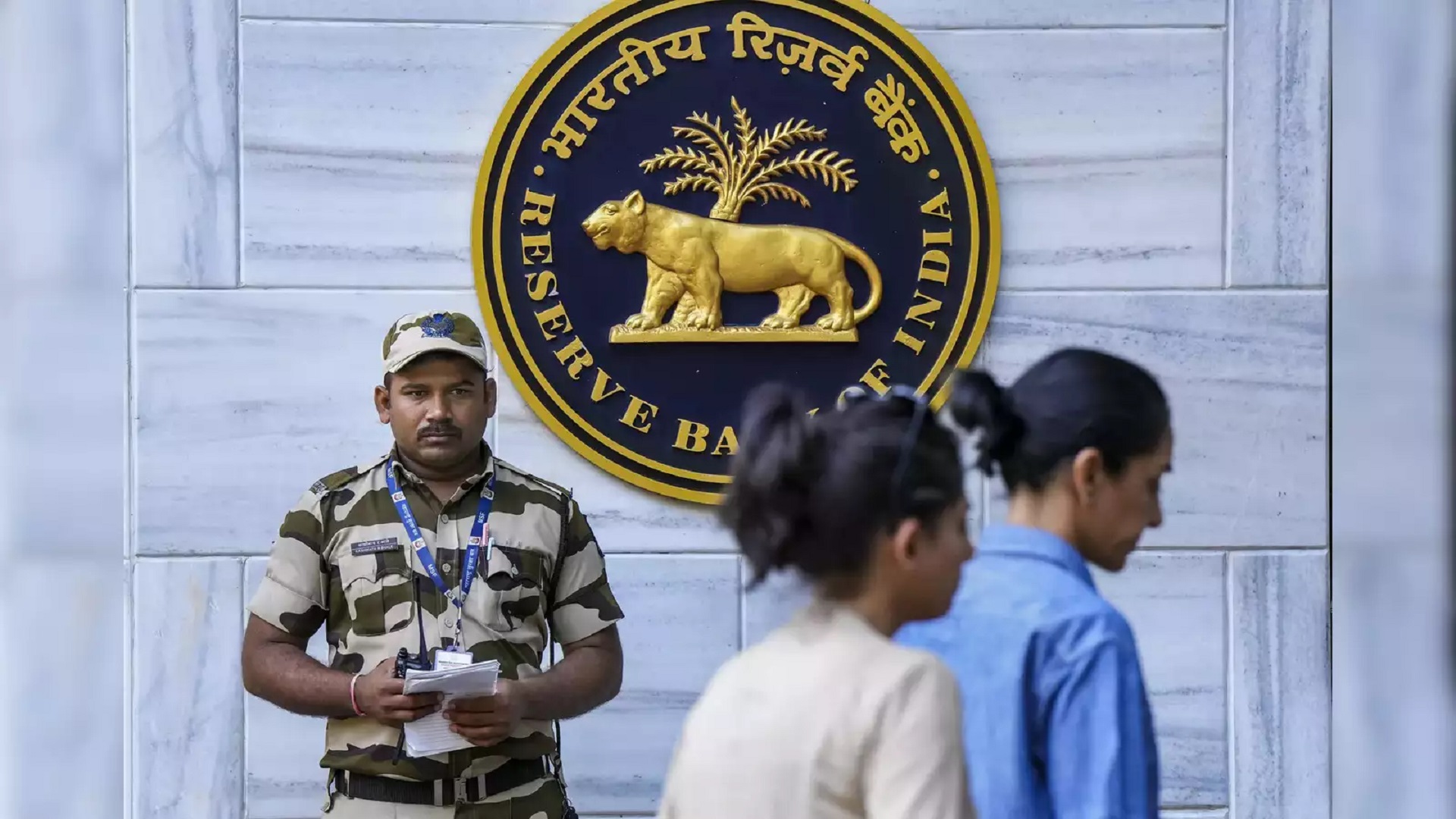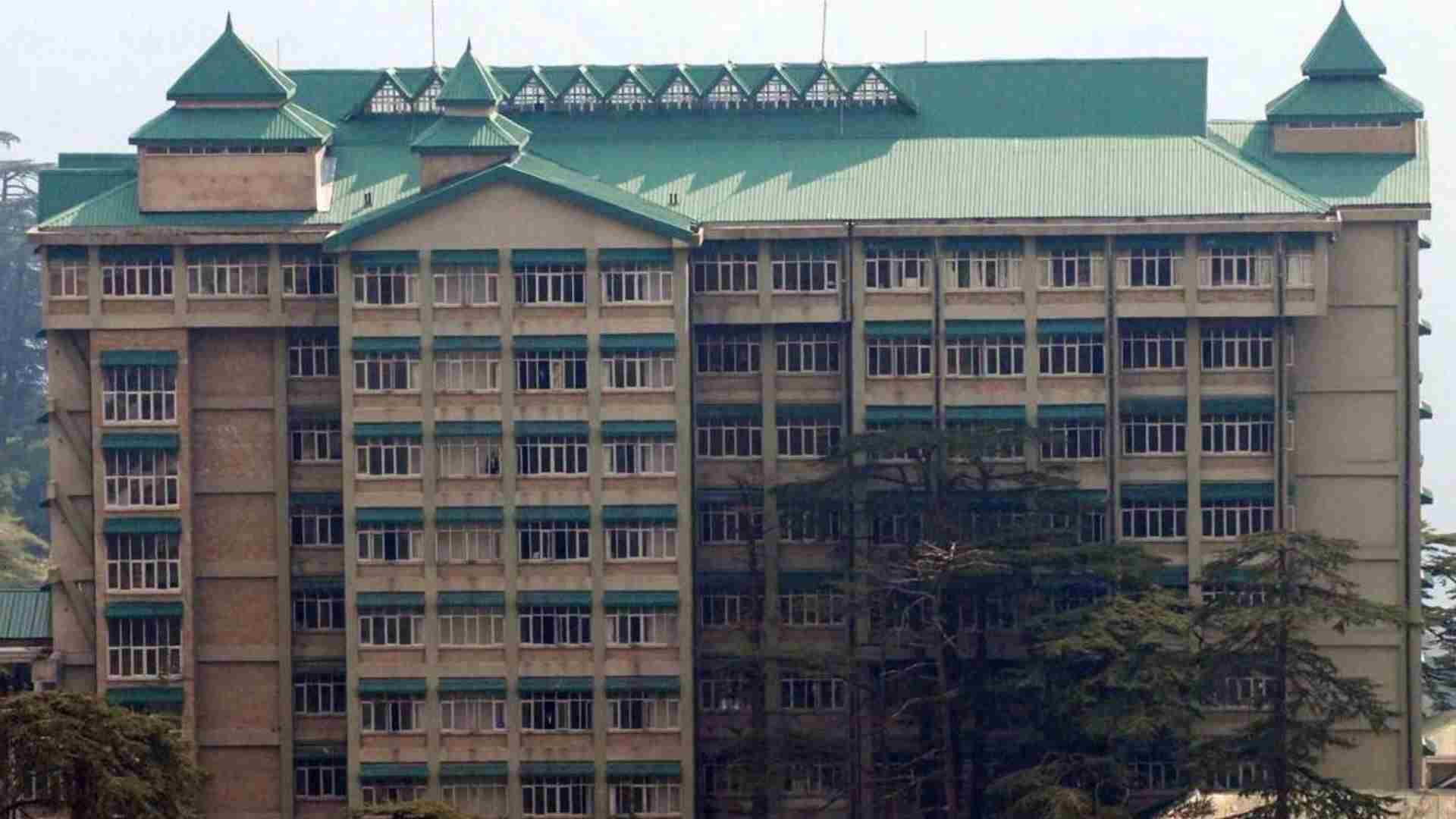
Under the new RBI guidelines, a “wilful defaulter” is defined as a borrower or guarantor who has committed a wilful default with an outstanding amount of Rs 25 lakh or more.
The Reserve Bank of India has issued a Master Direction on the treatment of wilful defaulters and large defaulters. Under these guidelines, banks and NBFCs must examine the ‘wilful default’ aspect for all non-performing asset accounts with outstanding amounts of Rs 25 lakh and above.
The Master Direction provides a comprehensive framework and procedures for classifying borrowers as wilful defaulters. According to the new guidelines:
A “wilful defaulter” includes:
1. A borrower or guarantor who has committed wilful default with an outstanding amount of Rs 25 lakh or more.
2. For companies, the promoters and directors are considered wilful defaulters.
3. For entities other than companies, those in charge of managing the entity’s affairs are considered wilful defaulters.
A wilful default is deemed to occur when:
1. The borrower defaults on payment obligations despite having the capacity to meet them.
2. The borrower has diverted or siphoned off funds obtained through the credit facility.
3. The borrower has disposed of assets secured for the credit facility without the lender’s approval.
4. The borrower or promoter fails to inject promised equity despite having the ability to do so, especially if the lender has extended loans or concessions based on this commitment.
5. A guarantor defaults if they do not honor the guarantee when invoked by the lender, despite having the means to do so, or has disposed of secured assets without the lender’s approval, or failed to fulfill equity infusion commitments.
Penal Measures for Wilful Defaulters
According to the RBI’s Master Direction, the penal measures for wilful defaulters are as follows:
1. No additional credit facilities will be granted to a wilful defaulter or any entity associated with them.
2. The ban on additional credit facilities will last for one year after the wilful defaulter’s name is removed from the List of Wilful Defaulters (LWD) by the lender.
3. No credit facilities will be granted for floating new ventures to a wilful defaulter or any associated entity for five years after removal from the LWD.
4. Wilful defaulters or associated entities will not be eligible for credit facility restructuring.















